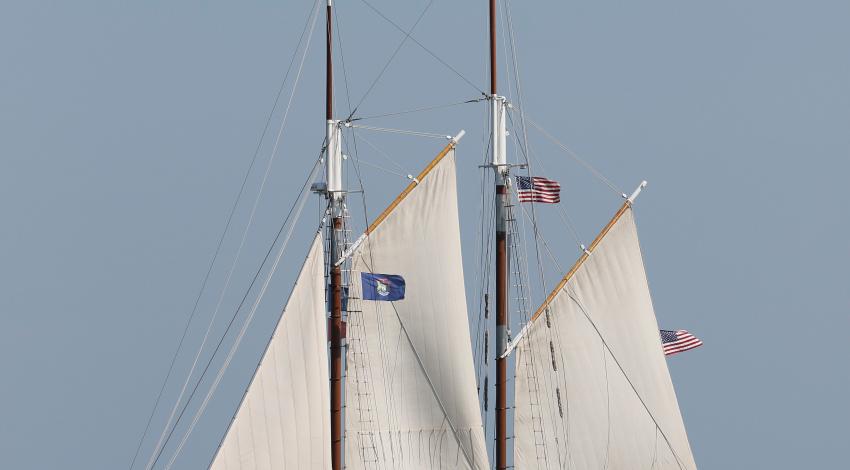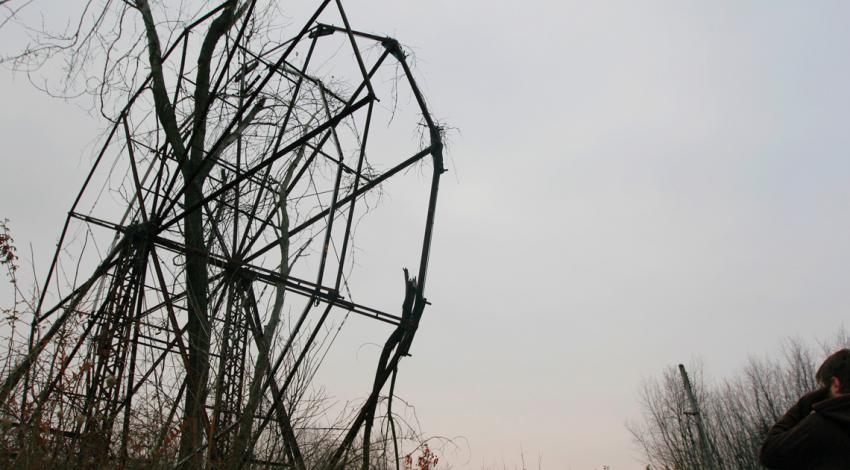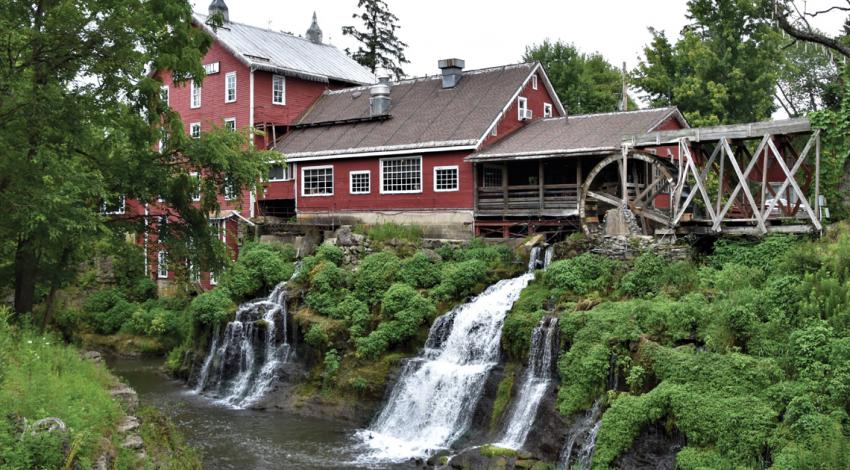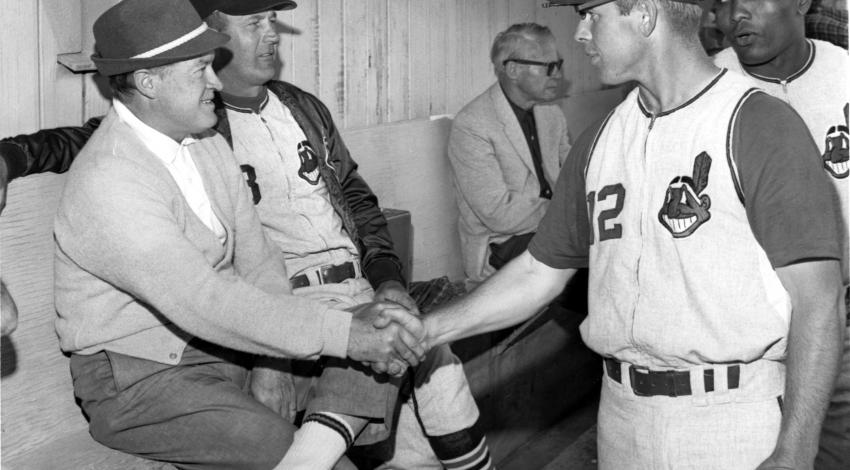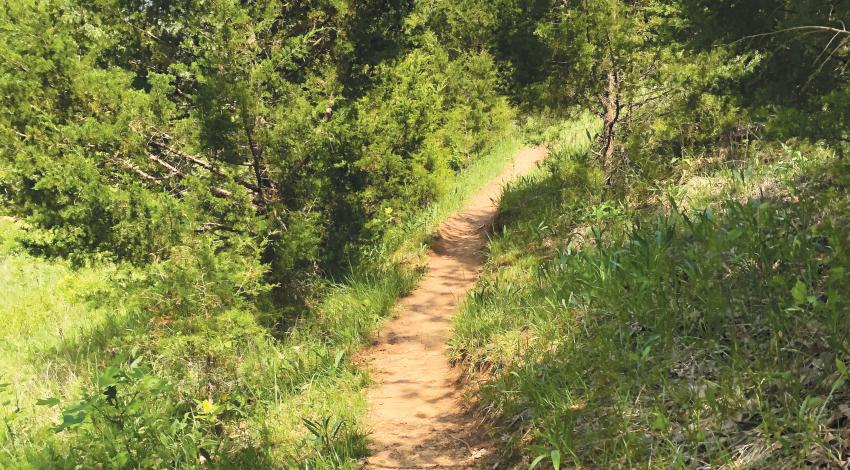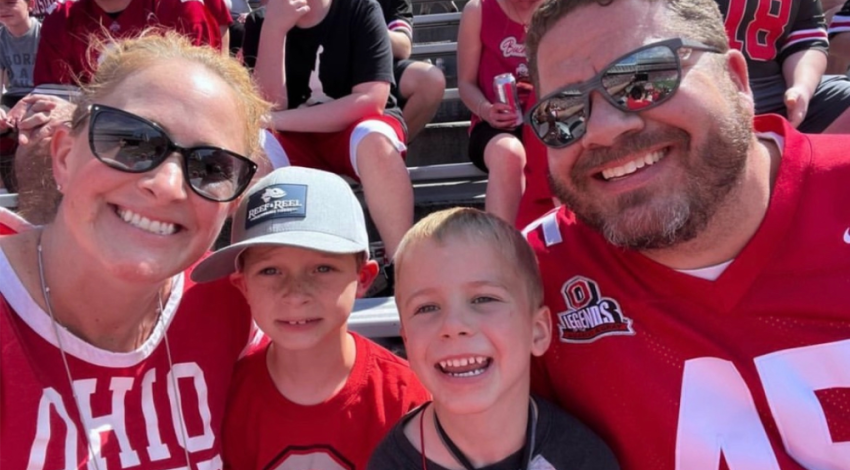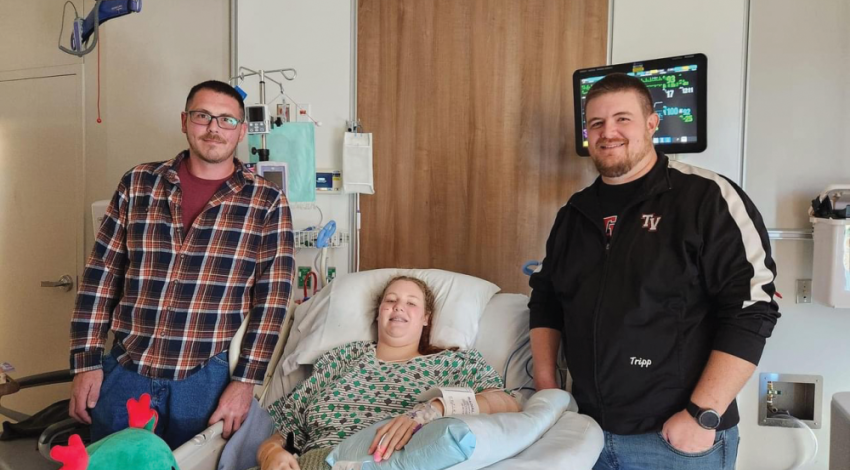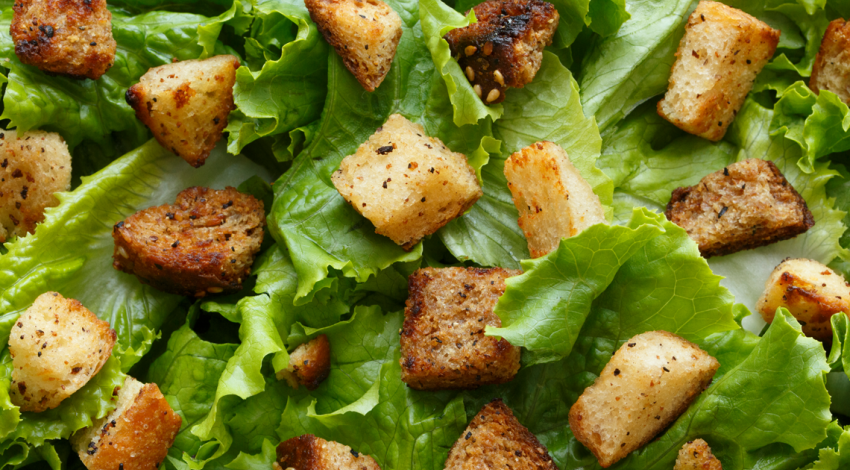It's no surprise that Ohio ranks in the top 10 of ice cream-producing states. Its rural heritage provides a steady supply of the main ingredient — and several families through history began traditions that remain in place today.
Velvet Ice Cream
Utica, 1914
Immigrant Joseph Dager arrived in Ohio in 1903 and began making ice cream in Utica in 1914. Within two years, he was producing 200 gallons of ice cream every month, and the creamy, velvety texture inspired the name Velvet Ice Cream.
In 1960, an old grist mill became the company’s permanent home. Ye Olde Mill houses a turn-of-the-century ice cream parlor that opened in 1970 and welcomes 150,000 guests each year.
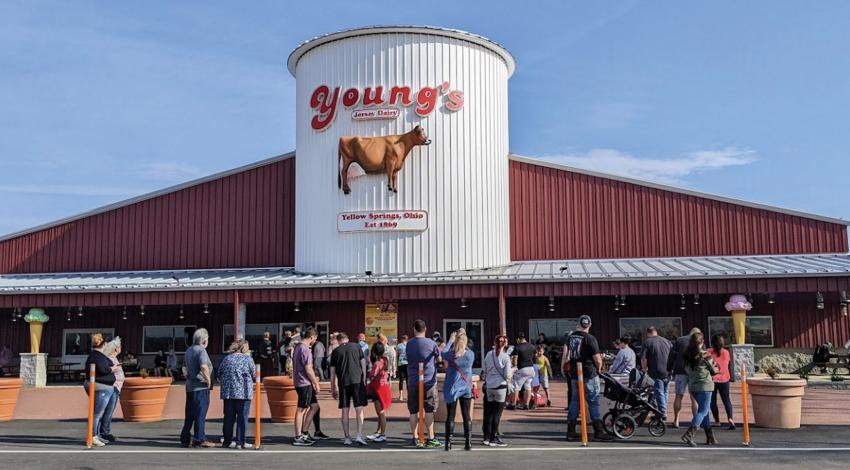
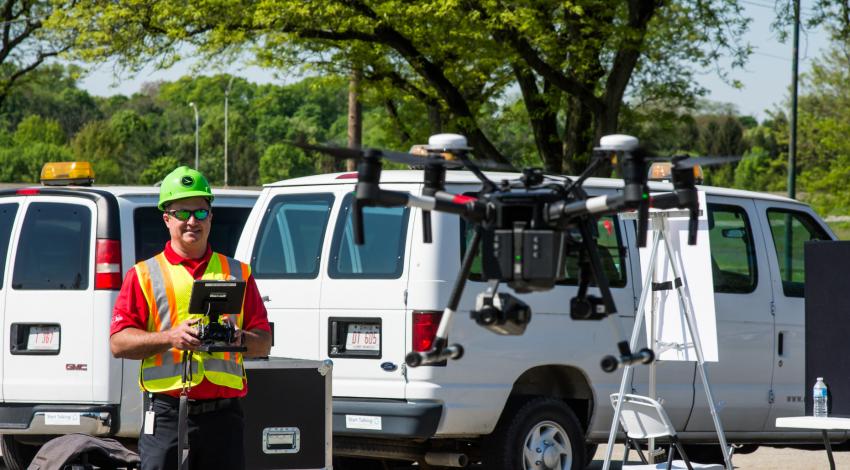

 The building’s main hallway features life-sized Larry Byrd and Kobe Bryant figures, among others. A prone man made of red Legos appears contemplative inside a case; nearby, a Lego dragon sits at a Lego campfire, roasting a Lego marshmallow.
The building’s main hallway features life-sized Larry Byrd and Kobe Bryant figures, among others. A prone man made of red Legos appears contemplative inside a case; nearby, a Lego dragon sits at a Lego campfire, roasting a Lego marshmallow. 